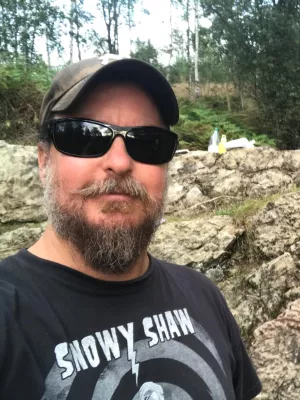
Mats Eriksson
Professor

Ordovician and Silurian polychaete diversity and biogeography
Author
Summary, in English
Department/s
- Lithosphere and Biosphere Science
Publishing year
2013
Language
English
Pages
265-272
Publication/Series
Early Palaezoic Biogeography and Palaeogeography
Issue
38
Document type
Conference paper
Publisher
Geological Society of London
Topic
- Geology
Conference name
Meeting of IGCP 503 on Ordovician Palaeogeography and Palaeoclimate, 2013
Conference date
2013-08-31 - 2013-09-01
Conference place
Copenhagen, Denmark
Status
Published
ISBN/ISSN/Other
- ISSN: 0435-4052

